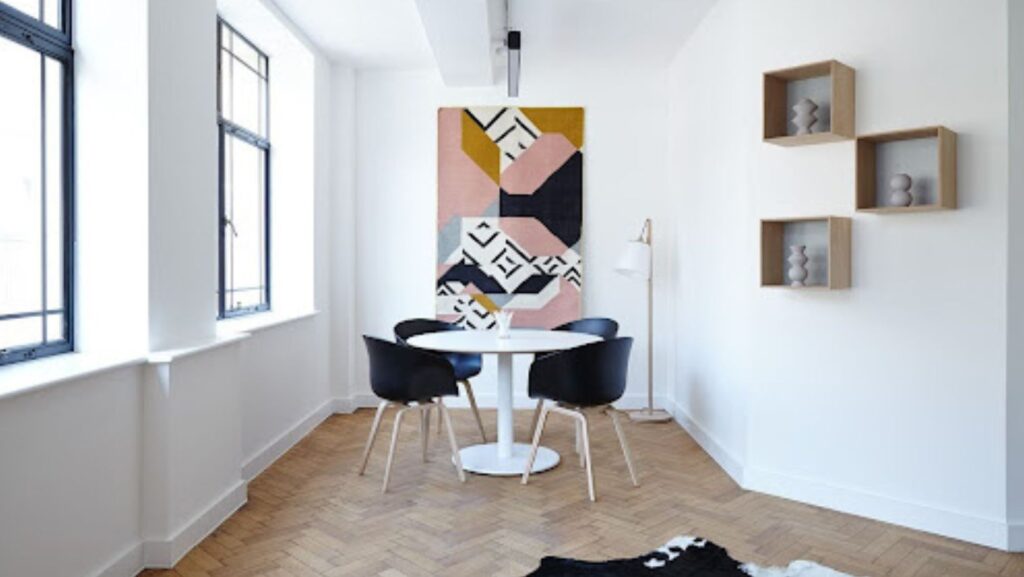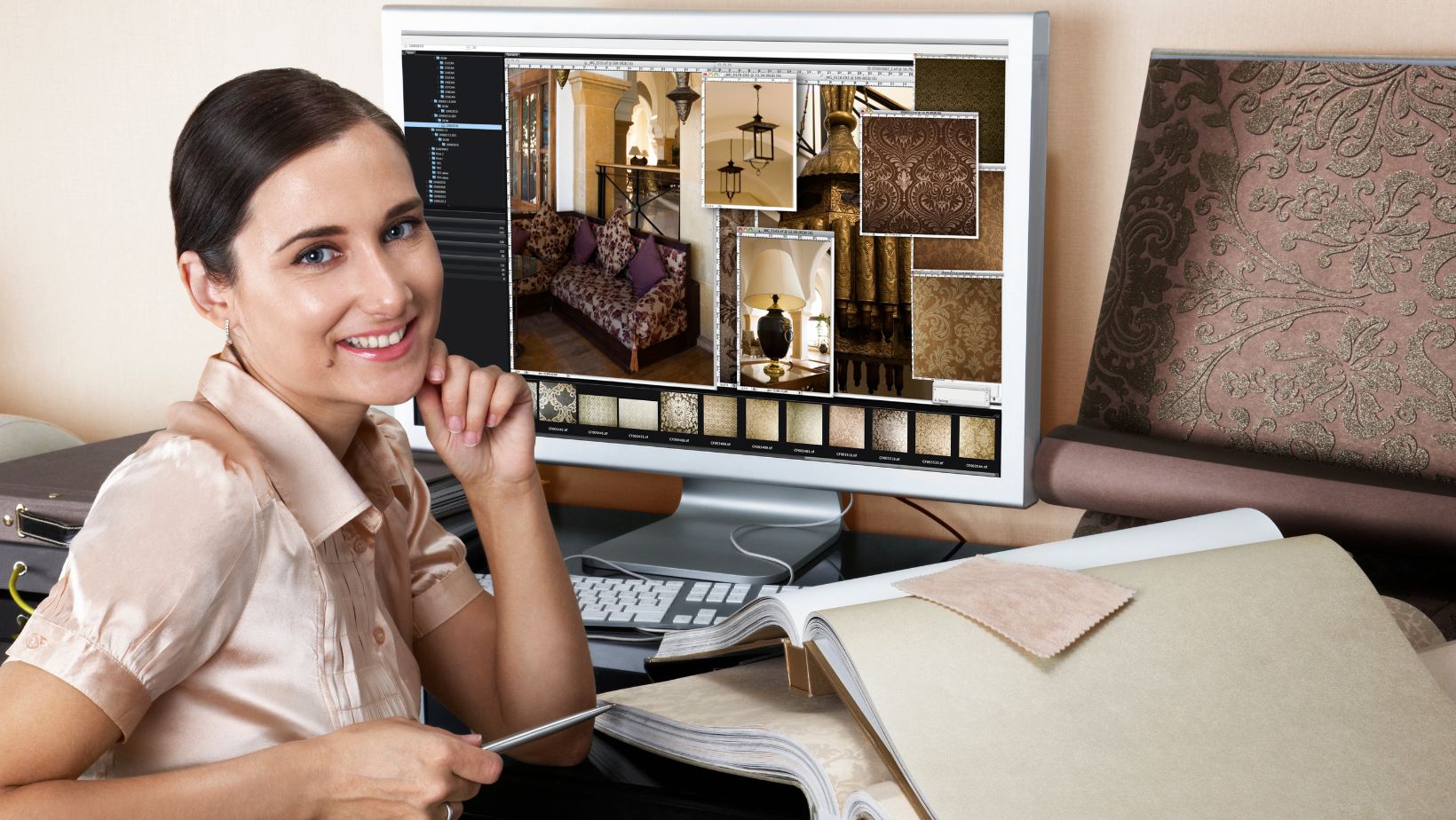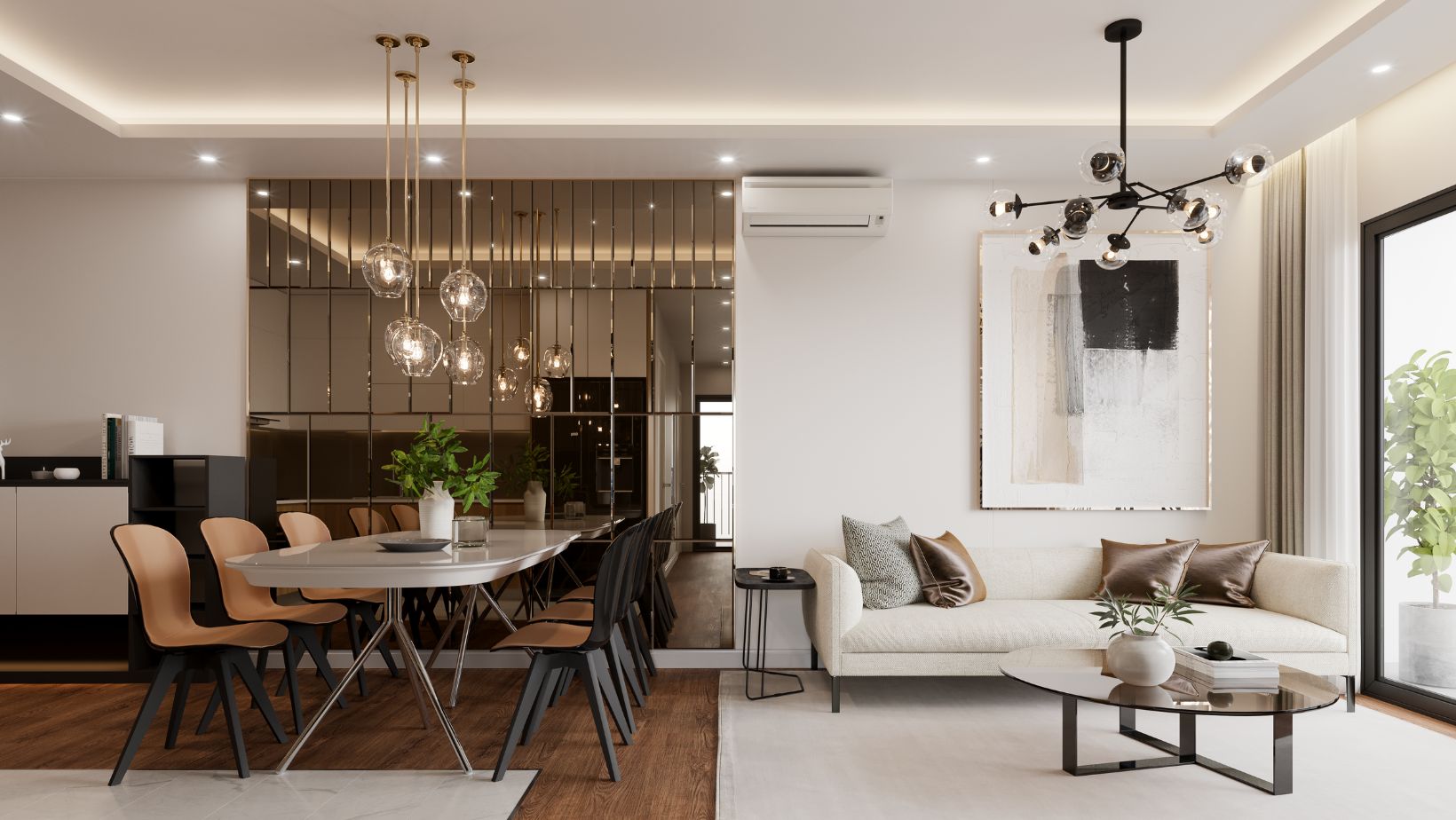When it comes to transforming a home’s interior, many people often interchange the terms interior designer and interior decorator. Though these roles overlap, each brings unique skills, experiences, and focuses that can influence the outcome of a project. Whether you’re planning a home renovation or simply refreshing a room, knowing the difference between a designer and a decorator can help you hire the right professional for your needs. Here, we delve into the distinct roles of interior designers and decorators, what they offer, and how they can elevate your space.
The Scope of an Interior Designer’s Work
Interior designers are often involved in the technical and structural elements of a space. They are typically trained and licensed professionals with expertise in spatial planning, building codes, and construction elements. Interior designers work closely with architects and contractors, focusing on creating a functional layout that optimizes the use of space while meeting structural and regulatory requirements. This can include planning the positioning of walls, windows, and other foundational elements in a building.
Interior designers are often engaged during the initial construction or renovation phases, as they contribute to shaping the core elements of a building’s interior structure. In addition to focusing on aesthetics, they incorporate safety and functionality. This comprehensive approach means that a designer’s work often extends beyond mere decoration, encompassing decisions about materials, lighting, and spatial flow. As a result, hiring an interior designer can be crucial for complex projects that require structural changes.
The Role of an Interior Decorator
Unlike interior designers, interior decorators typically focus on the aesthetic enhancements of an existing space without altering its structural components. Decorators concentrate on selecting furnishings, color schemes, and accessories to create a visually appealing environment. They assist clients in choosing items that harmonize with the existing structure, whether it’s a new home or one that simply needs a style update.
Interior decorators are perfect for those looking to refresh their homes without making major alterations. They bring expertise in the latest design trends, helping clients select pieces that reflect their personalities while maintaining a cohesive theme. Decorators work within the constraints of an existing layout, and their services are often less involved compared to those of interior designers. This makes them a great choice for projects that focus on enhancing aesthetics rather than making fundamental changes to a building’s structure.
Which Professional is Right for Your Project?
Choosing between an interior designer and a decorator depends largely on the scope of your project and your goals. If you are undertaking a large-scale renovation or constructing a new home, an interior designer is likely the right choice, as they possess the training required to address both structural and aesthetic elements. Their experience in spatial planning and technical specifications ensures that each part of the design aligns with safety and functionality standards.
On the other hand, if your primary goal is to update a room’s style with new furniture, color schemes, and décor, an interior decorator might be a better fit. Decorators have a keen eye for aesthetics and are adept at coordinating colors, styles, and accessories to create a harmonious look. Additionally, decorators can often be more cost-effective for purely aesthetic changes since their work doesn’t involve the same level of technical detail as a designer’s. Join the happy clients of GrecoDeco who have turned their interior dreams into reality with our friendly and creative design team!
Education and Certification Requirements
The education and certification requirements for interior designers and decorators also vary significantly. Interior designers usually hold a degree in interior design and are often required to pass licensing exams to work professionally. These credentials verify their ability to handle technical aspects, such as architectural modifications, electrical planning, and code compliance. A formal educational background equips designers with knowledge of building codes, space planning, and project management, enabling them to handle projects with complex requirements.
Interior decorators, conversely, often do not require formal education or licensing. Their skill set is based on creativity, an eye for design, and a deep understanding of style trends. Many decorators gain knowledge through experience, apprenticeships, or design courses. Since decorators primarily focus on the visual impact of a space, their role does not necessitate understanding structural or technical components, making them ideal for projects centered on aesthetic transformation.
Collaboration and Creativity
Both designers and decorators bring valuable perspectives and creativity to a project, often collaborating to achieve a comprehensive vision. Designers may call on decorators to enhance the visual elements of a space once structural work is complete, blending functionality with aesthetics. Similarly, decorators may suggest that clients engage a designer if the project requires changes to the layout or structure, ensuring all aspects of the space are addressed by the appropriate professionals.
This synergy between designers and decorators underscores the importance of understanding each role. When both professionals collaborate, clients receive a well-rounded approach to design that incorporates both form and function. By clearly distinguishing each professional’s expertise, you can leverage their strengths and bring a cohesive, tailored vision to life within your space.
Cost Considerations and Project Budget
The cost of hiring an interior designer generally reflects the complexity and scope of their work. Due to their involvement in technical elements, interior designers often charge higher fees than decorators. They frequently work on hourly rates or may quote a percentage of the overall project cost. The designer’s fees encompass planning, space modification, and detailed project management, all of which require significant time and expertise.
Interior decorators typically charge lower fees since their work does not involve structural changes. They may charge hourly, per room, or as a flat fee for their services. Decorators are a more budget-friendly option if the project primarily involves selecting furniture, arranging decor, and updating colors and textures. Understanding these cost differences can help you make a financially informed decision that aligns with your design goals and budget.
Making the Final Decision
The decision to hire an interior designer or decorator ultimately depends on the nature of your project and personal style goals. If your vision includes modifying structural elements, consider a designer who can oversee the technical aspects. However, if your primary goal is to enhance the appearance of a space through thoughtful decoration, a decorator may be the ideal fit.
By distinguishing between designers and decorators, you ensure your project is handled by the appropriate professional, resulting in a cohesive and satisfying final outcome. Whichever professional you choose, both bring unique talents to the table, enhancing and personalizing spaces that reflect your style and functional needs.




More Stories
5 Reasons Why PVC Edgebanding is the Go-To Choice for Modern Cabinetry
The Influence of Minimalism on Modern Interior Trends
Trends of Bathroom Vanities in 2025: A Guide for the US Audience